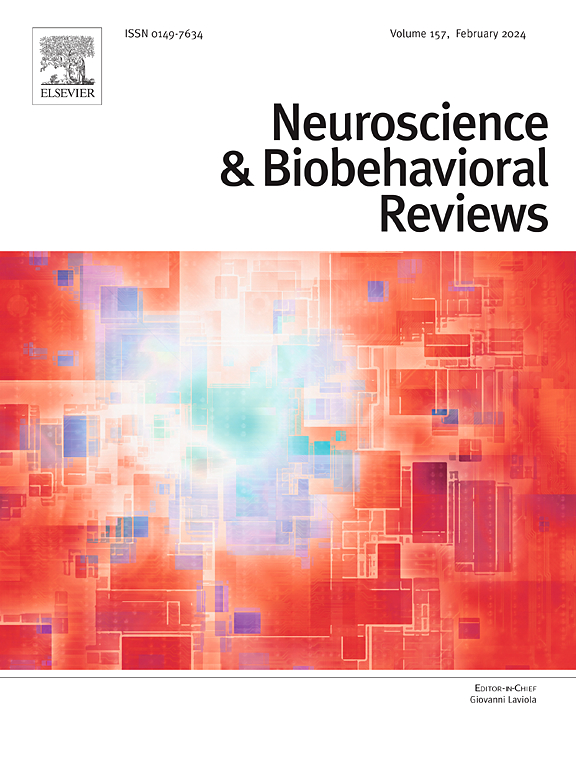Precision medicine in substance use disorders: Integrating behavioral, environmental, and biological insights
IF 7.9
1区 医学
Q1 BEHAVIORAL SCIENCES
引用次数: 0
Abstract
Substance use disorders (SUD) are chronic, relapsing conditions marked by high variability in treatment response and frequent relapse. This variability arises from complex interactions among behavioral, environmental, and biological factors unique to each individual. Precision medicine, which tailors treatment to patient-specific characteristics, offers a promising avenue to address these challenges. This review explores key factors influencing SUD, including severity, comorbidities, drug use motives, polysubstance use, cognitive impairments, and biological and environmental influences. Advanced neuroimaging, such as MRI and PET, enables patient subtyping by identifying altered brain mechanisms, including reward, relief, and cognitive pathways, and striatal dopamine D2/3 receptor binding. Pharmacogenetic and epigenetic studies uncover how variations in dopaminergic, serotoninergic, and opioidergic systems shape treatment outcomes. Emerging biomarkers, such as neurofilament light chain, offer non-invasive relapse monitoring. Multifactorial models integrating behavioral and neural markers outperform single-factor approaches in predicting treatment success. Machine learning refines these models, while longitudinal and preclinical studies support individualized care. Despite translational hurdles, precision medicine offers transformative potential for improving SUD treatment outcomes.
物质使用障碍的精准医学:整合行为、环境和生物学见解。
物质使用障碍(SUD)是一种慢性、复发性疾病,其特征是治疗反应的高度可变性和频繁复发。这种可变性源于每个个体特有的行为、环境和生物因素之间复杂的相互作用。精准医疗根据患者的具体特征定制治疗方案,为解决这些挑战提供了一条有希望的途径。这篇综述探讨了影响SUD的关键因素,包括严重程度、合并症、用药动机、多物质使用、认知障碍以及生物和环境影响。先进的神经影像学,如MRI和PET,通过识别改变的大脑机制,包括奖励、缓解和认知途径,以及纹状体多巴胺D2/3受体结合,实现患者亚型。药物遗传学和表观遗传学研究揭示了多巴胺能、血清素能和阿片能系统的变化如何影响治疗结果。新兴的生物标志物,如神经丝轻链,提供无创复发监测。综合行为和神经标记的多因素模型在预测治疗成功方面优于单因素方法。机器学习改进了这些模型,而纵向和临床前研究支持个性化护理。尽管存在翻译障碍,但精准医学为改善SUD治疗结果提供了变革潜力。
本文章由计算机程序翻译,如有差异,请以英文原文为准。
求助全文
约1分钟内获得全文
求助全文
来源期刊
CiteScore
14.20
自引率
3.70%
发文量
466
审稿时长
6 months
期刊介绍:
The official journal of the International Behavioral Neuroscience Society publishes original and significant review articles that explore the intersection between neuroscience and the study of psychological processes and behavior. The journal also welcomes articles that primarily focus on psychological processes and behavior, as long as they have relevance to one or more areas of neuroscience.

 求助内容:
求助内容: 应助结果提醒方式:
应助结果提醒方式:


